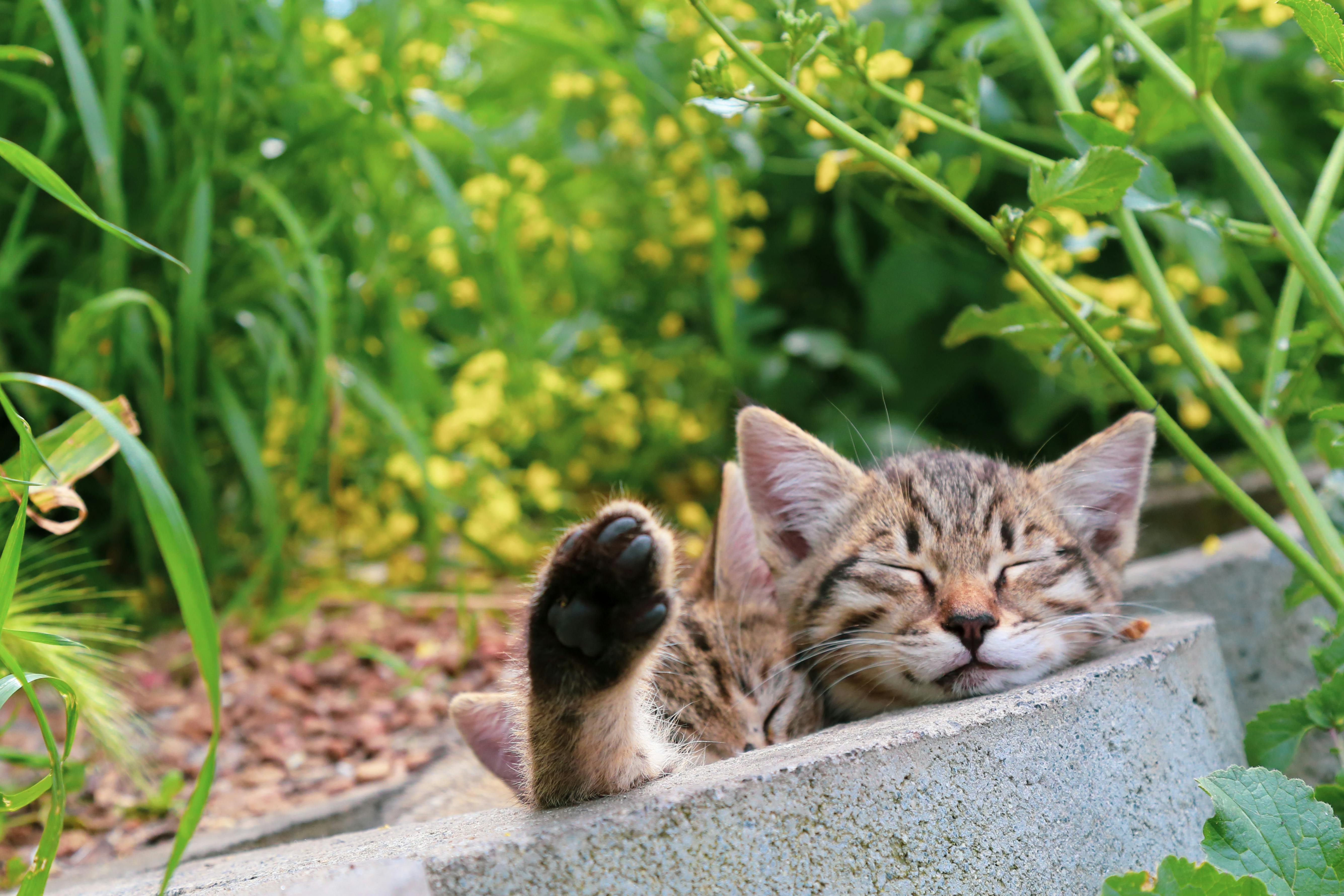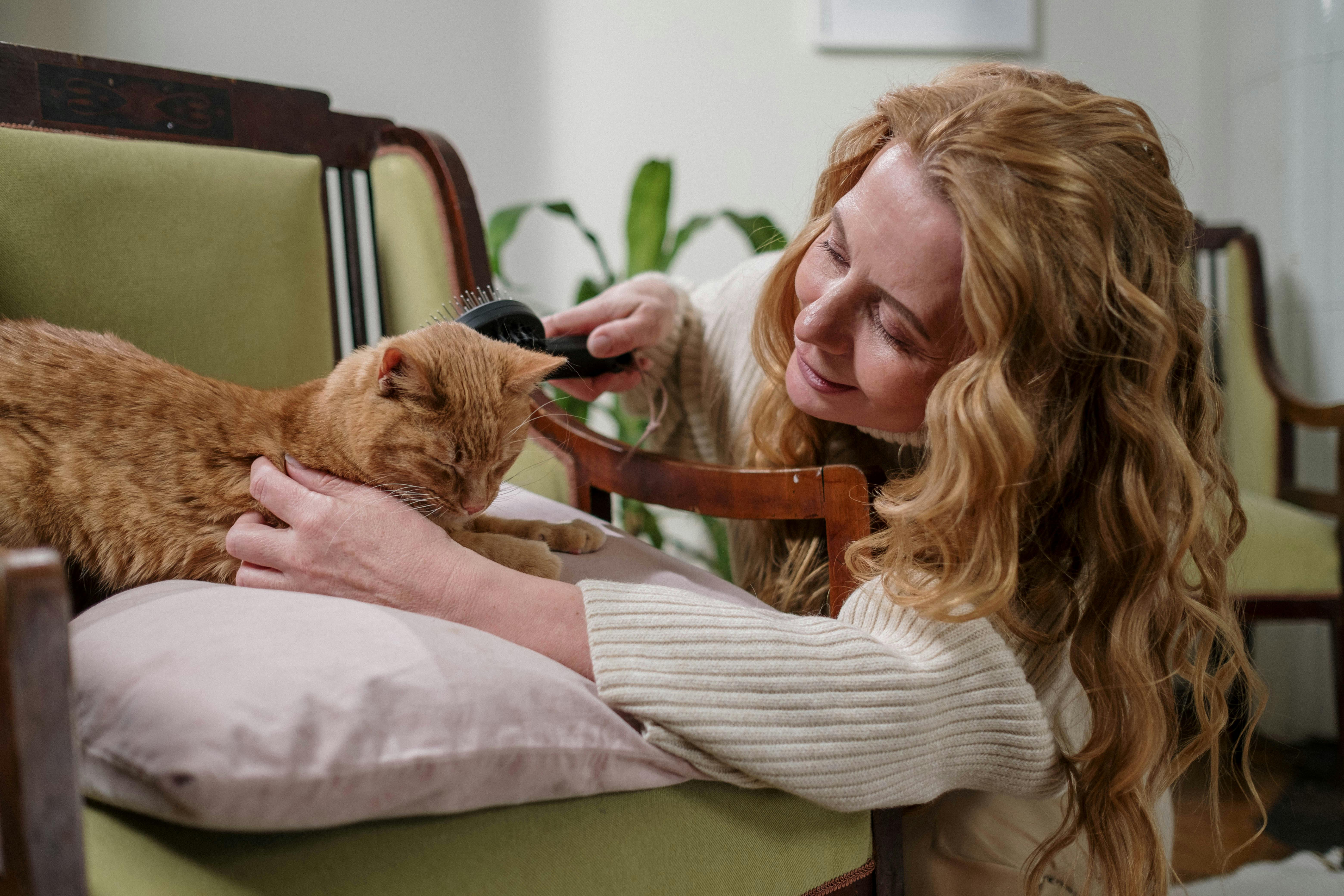Torreya State Park is located in sunny Florida and plays a crucial role in maintaining unique species of plants and animals. Two other critical roles the park is known for are; the essential communities that are of regional importance, and the quality of the water of the Apalachicola River, which flows into the productive Apalachicola Bay. Torreya State Park and the Apalachicola River are historic and rich in history.
To find the beginning of the history of Torreya Park, you have to go back to the civil war. This is the moment the high bluffs were called home by two hundred Confederate soldiers. As you walk through this park, you can still see where the cannons were placed. It was in the 1840s that plantation owner Jason Gregory and his family called home. Jason Gregory’s farm was three thousand square feet and originally stood on the west bank of the Apalachicola River. However, in the late 1930s, Gregory’s house was turned over to the Civilian Conservation Corp. On the other hand, this donation came with a stipulation that the house be dismantled and moved. Civilian Conservation Corp workers began taking the house apart brick by brick and board by board. These boards and bricks were then loaded onto a barge that carried these items to the east bank. It is here that the reconstruction of this old house began and where it stands and can still be seen today.
One of the most populated sites in Florida was located in the Apalachicola region. Along the lower Apalachicola River Valley, you’ll find a host of ancient sites along the former and current banks. A mound of clam and oyster shells can be found scattered along the watercourses and river swamps which are remnants of the earliest inhabitants. In the 1700s, Creek Indians from Georgia and Alabama began settling along the Apalachicola River. The word Apalachicola comes from the Indian word meaning “people from the other side.” In 1816 one or more fights occurred between the American Forces and the Creek Indians and their black allies. It is possible that “Bloody Bluff” is the site of these skirmishes. The black allies of the Creek Indians occupied the “Black Fort”, which is known today as Fort Gadsden and is located in the vicinity of Prospect Bluff. During this time, cotton was shipped by steamboat from inland plantations to Apalachicola for export. However, during the Civil War, Union Forces formed a barrier in Apalachicola Bay that prevented steamboats from traveling. When the war ended, wood became the new commodity for shipping. Sawmills began to spring up along the Apalachicola River. Going through the port of Apalachicola there were millions of board feet of lumber. This wood came from longleaf pine and cypress trees. The pines served a secondary purpose, their sap. The sap was distilled into pitch and turpentine, collectively known as naval stores.
Torreya State Park was opened to the public in 1935 and is one of Florida’s original state parks. Credit for the creation of this park goes to the Florida Park Board and the Civilian Conservation Corp. No matter what you like about Torreya State Park, whether it be the Civilian Conservation Corp’s prowess in rebuilding the original house by Jason Gregory or by entering one of his barracks, or by the fascinating stone bridge. Today, Torreya State Park has become one of the most picturesque places in Florida due to its high cliffs that overlook the Apalachicola River. The name of the park, Torreya, comes from one of the oldest and rarest trees. These trees grow only in the ravines and on the cliffs of Torreya State Park. The Torreya Tree became so popular that it nearly caused its destruction. In the 1800s there were approximately six hundred thousand of these trees living in the Apalachicola Valley, but today only about two hundred remain. Around 1835, botanist Hardy Bryan Croom identified Florida Torreya. Croom gave it this name in honor of a well-known scientist, Dr. John Torrey. The tree was known to locals as the “stinking cedar” because when cut or bruised it gives off a strong odor. The park is known for its hiking, camping, picnicking, and bird watching. More than a hundred species of birds have been seen here. The hardwood trees in this forest display some of the best fall color in Florida. You can also find the park that offers daily tours of Jason Gregory’s reconstructed home.
Regarding the Apalachicola River, it now separates the Eastern and Central time zones. In mid-April or May, if you paddle through the calm creeks and swamps, you’ll see a variety of trees and shrubs, including Tupelo, Black Gum, and Titi. Another of his senses that will be activated is his ears when listening to the loud and constant buzz of the honey bees. The only place on earth where Tupelo Honey is made is right along the Apalachicola River Valley. In Conclusion, you can now see why the Torreya and Apalachicola River State Parks are historic and rich with history.




